Caroline Nemechek
Library Blogs
Showing 201 - 210 of 1944 items
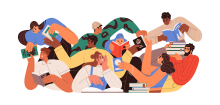
The findings from a qualitative study on users of open access (OA) books reveal a wide range of needs and impacts. The data comes from two collections: one of OA books published by Lever Press (https://www.leverpress.org/) and the other of backlist books turned OA by the Big Ten Open Books project (https://bigtenopenbooks.org/). While the samples are small, the findings highlight the importance of qualitative approaches to capturing the variety of reader and, more broadly, user experiences.

CHOP (China Ongoing Perspectives) Film Series presents a mini-film festival showcasing documentaries about China through the lens of European and Chinese directors.
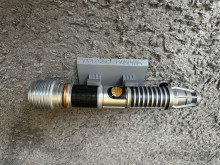
Hobby build of a display stand for a heavy metal hilt replica lightsaber from Star Wars!

This blog post reflects on the learning experience I had as a novice user research (UX) intern at the U-M Library. Through this nurturing and eye-opening experience, I enhanced my understanding of research operation, the activities which support the user research conducted by library employees in the Design & Discovery unit of the library.
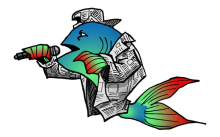
In our inaugural Digital Collections Connection meeting on March 7, 2024, we shared a couple of slides that showcase the history of the technical infrastructure for digital collections at U-M Library. During the session, we heard that this overview of our systems was helpful to content partners in understanding current functionality and limitations. We wanted to take this opportunity to share the diagrams more widely and to provide more context and historical information about the origins of, and recent changes to, our digital collections platform.
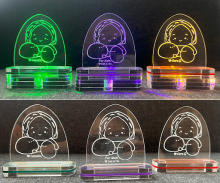
Creating festive gifts for parents utilizing the Laser Cut and engrave facility
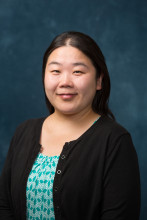
Starting this month, Liangyu Fu will serve as Director of the Asia Library, leading the development of programming and services in order to partner with and support East Asian Studies scholars and students at U-M. Following more than 10 years of engaged service as Chinese Studies Librarian, Liangyu brings a record of partnership and ingenuity into her new role.
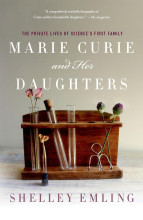
This is a biography of the famous scientist Marie Curie that focuses on her relationship with her two daughters, Irène and Ève, who led fascinating lives in their own right. Irène followed in her mother's footsteps as a Nobel Prize-winning scientist, and Ève became a pianist, author, and humanitarian. It is a perfect read for Women's History month.
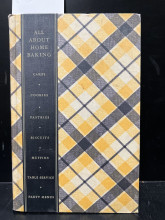
Retrospective about food and pie baking for Pi(e) Day.
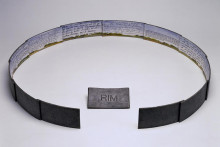
Join us next Thursday, 21 March between 4-6p for our next Third Thursdays at the Library event!